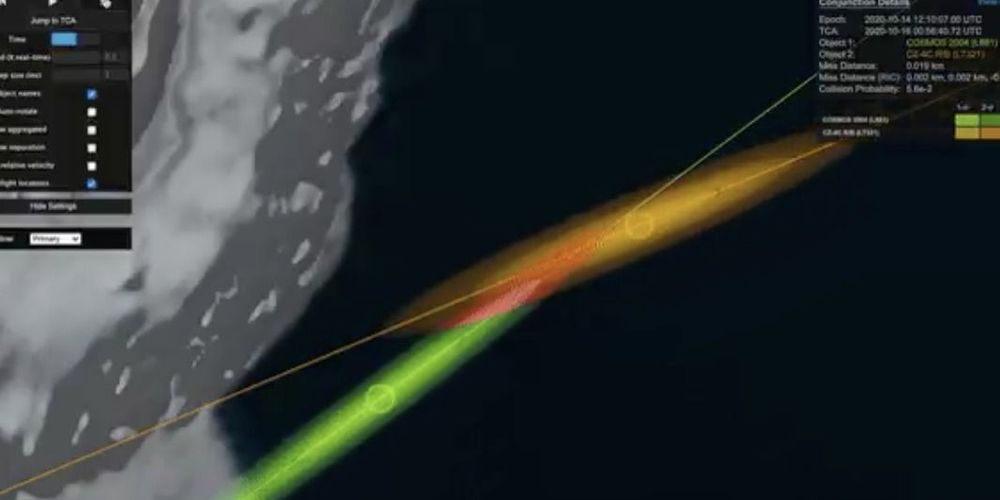SpaceX’s Starship program has won $53 million from NASA to perform a full-scale test of orbital propellant transfer, taking the company and space agency’s relationship on the crucial technology to the next level.
NASA revealed the results of its fifth round of “Tipping Point” solicitations on October 14th, announcing awards of more than $370 million total to 14 separate companies. This year’s investments focused on three main categories: “cryogenic fluid management, lunar surface [operations], and closed-loop [i.e. autonomous] descent and landing capability demonstrations.”
In a fairly predictable outcome, the bulk (~$176 million) went to Lockheed Martin and the United Launch Alliance (ULA), while the other half (~$189 million) was split among the twelve remaining companies. In an upset, however, SpaceX was awarded a substantial contract for a crucial aspect of Starship development.







